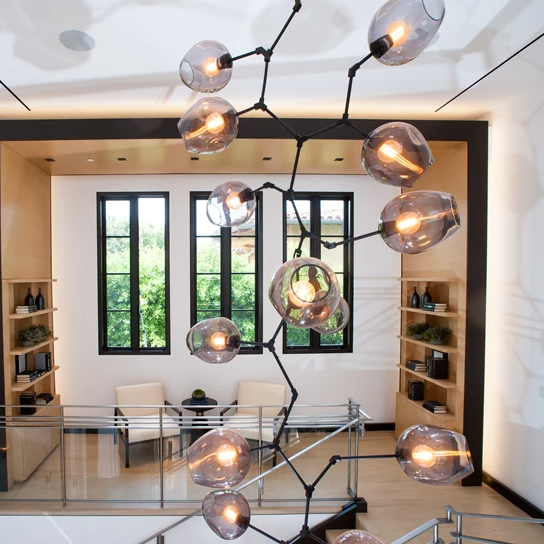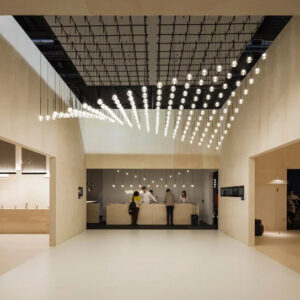Do you really know LEDs?
What do you know about LED filament bulbs?
An LED filament light bulb is an LED lamp which is designed to resemble a traditional incandescent light bulb with visible filaments for aesthetic and light distribution purposes, but with the high efficiency of light-emitting diodes (LEDs). It produces its light using LED filaments, which are series-connected strings of diodes that resemble in appearance the filaments of incandescent light bulbs. They are direct replacements for conventional clear (or frosted) incandescent bulbs, as they are made with the same envelope shapes, the same bases that fit the same sockets, and work at the same supply voltage. They may be used for their appearance, similar when lit to a clear incandescent bulb, or for their wide angle of light distribution, typically 300°. They are also more efficient than many other LED lamps.

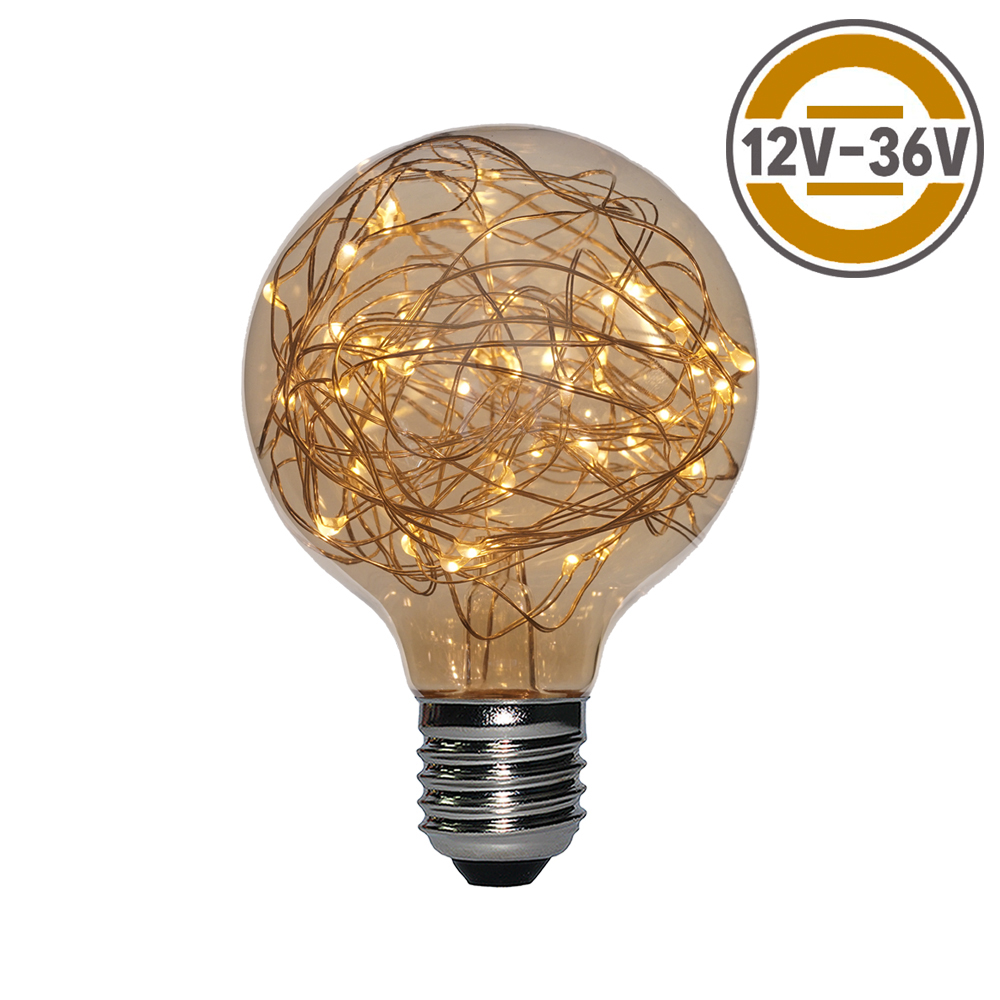
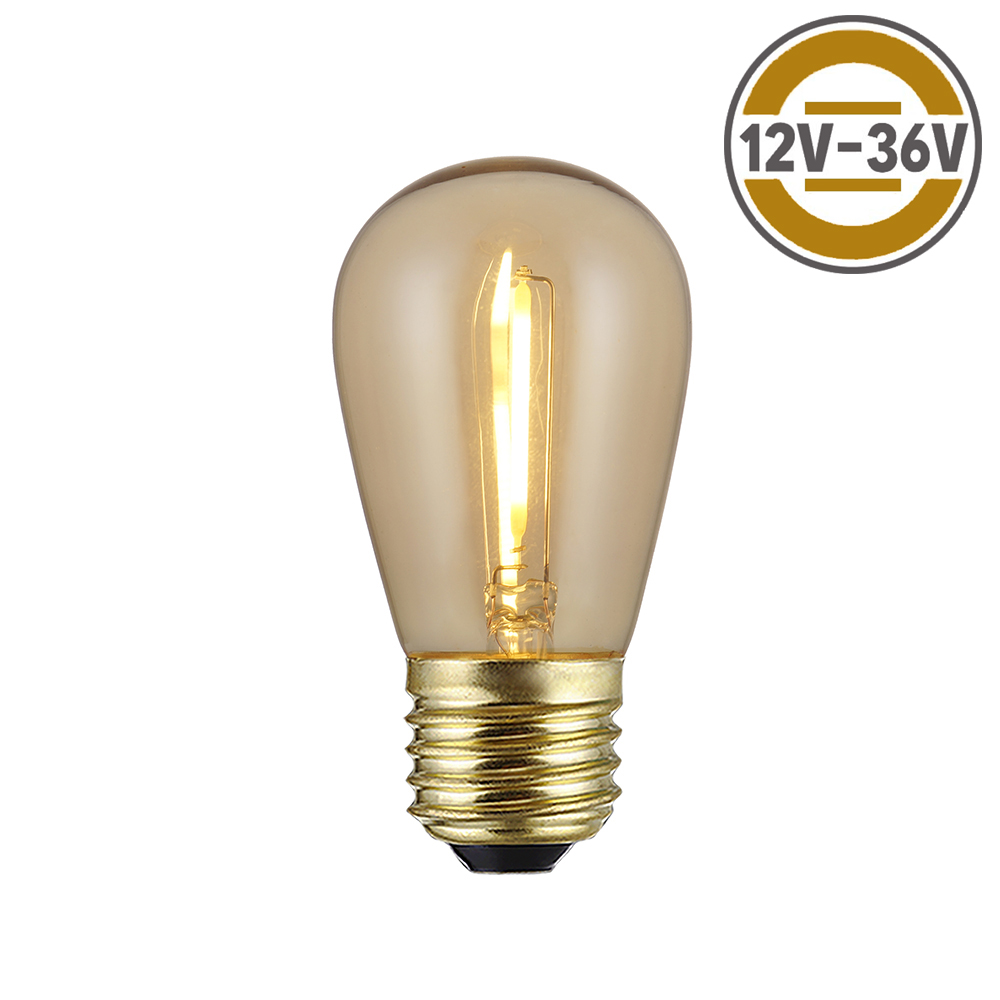
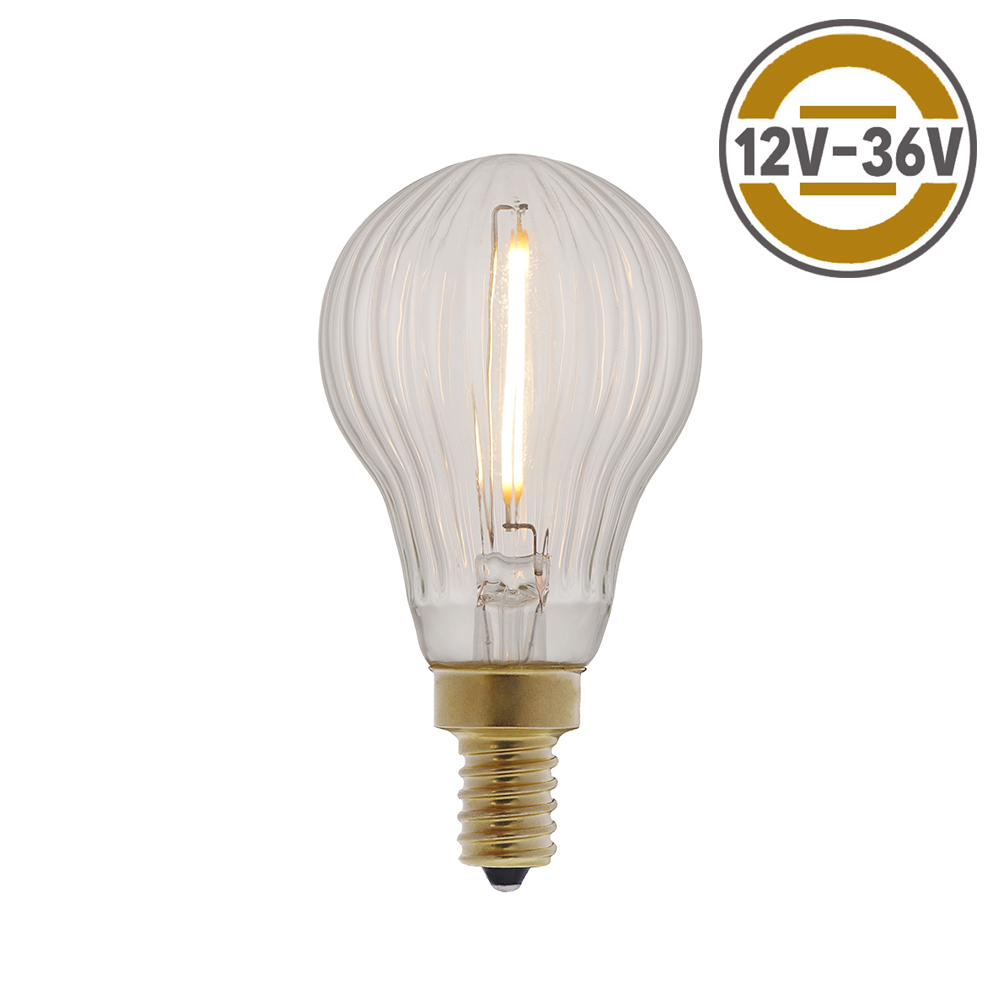
Do you know the development history of LED filament bulbs?
An LED filament type design light bulb was produced by Ushio Lighting in 2008, intended to mimic the appearance of a standard light bulb. Contemporary bulbs typically used a single large LED or matrix of LEDs attached to one large heatsink. As a consequence, these bulbs typically produced a beam only 180 degrees wide.By about 2015, LED filament bulbs had been introduced by several manufacturers. These designs used several LED filament light emitters, similar in appearance when lit to the filament of a clear, standard incandescent bulb, and very similar in detail to the multiple filaments of the early Edison incandescent bulbs.
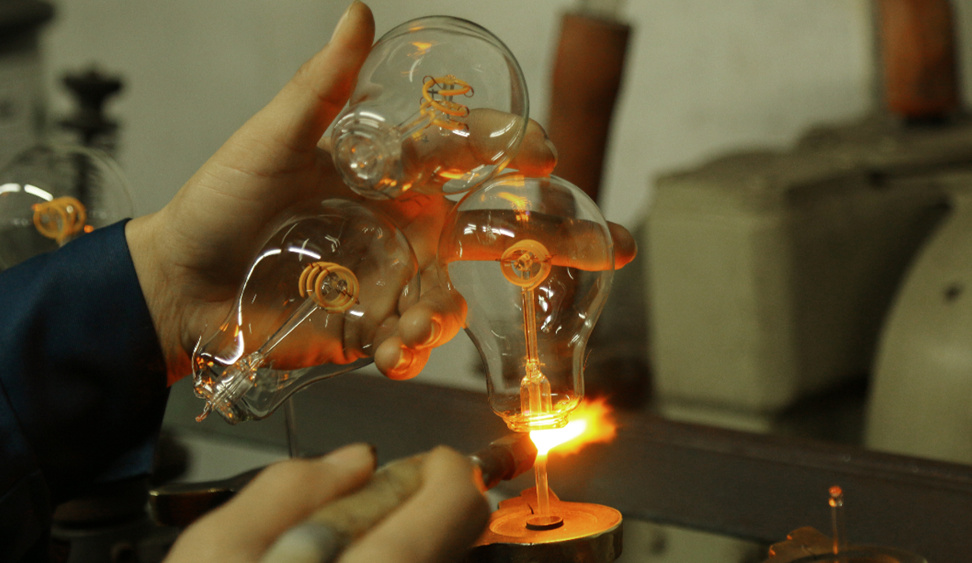
Do you really know anything about LED filament bulbs ?
The LED filament consists of multiple series-connected LEDs on a transparent substrate, referred to as chip-on-glass (COG). These transparent substrates are made of glass or sapphire materials. This transparency allows the emitted light to disperse evenly and uniformly without any interference. An even coating of yellow phosphor in a silicone resin binder material converts the blue light generated by the LEDs into light approximating white light of the desired colour temperature—typically 2700 K to match the warm white of an incandescent bulb.Degradation of silicone binder and leakage of blue light are design issues in LED filament lights.
A benefit of the filament design is potentially higher efficiency due to the use of more LED emitters with lower driving currents. A major benefit of the design is the ease with which near full “global” (360°) illumination can be obtained from arrays of filaments, but two zones emitting less light appear diagonal to the substrate.

Maybe you want to know something interesting about LED.
The lifespan of LED emitters is reduced by high operating temperatures. LED filament bulbs have many smaller, lower-power LED chips than other types, avoiding the need for a heatsink, but they must still pay attention to thermal management; multiple heat-dissipation paths are needed for reliable operation.
The power supply in a clear bulb must be very small to fit into the base of the lamp.The large number of LEDs (typically 28 per filament) simplifies the power supply compared to other LED lamps, as the voltage per blue LED is between 2.48 and 3.7 volts.
The simple capacitive or resistive dropper power supply used by some cheaper bulbs will cause some flickering at twice the frequency of the mains alternating current, which can be difficult to detect,but possibly contributes to eyestrain and headaches. Also, due to the falling reactance of a capacitor with increasing frequency, the current delivered by capacitive power supplies increases with mains frequency, e.g., from 50 to 60 Hz.
If you want to know more about LED filament bulbs,Please feel free to contact us.
Post time: Nov-02-2021

